Photography has many nuances, shooting techniques, and camera modes to consider.
Portrait vs landscape orientation is a simple principle of composition that is vital to developing a strong understanding of photography in general.
In this guide, we look at landscape vs portrait photography orientation.
We discuss the main contextual differences and the benefits and drawbacks of each composition type.
We also provide a host of examples and some advice on how to choose the most suitable orientation in different situations.
Landscape vs Portrait in Photography:
Landscape Mode, Portrait Mode, Landscapes, Portraits – Deciphering the Terminology
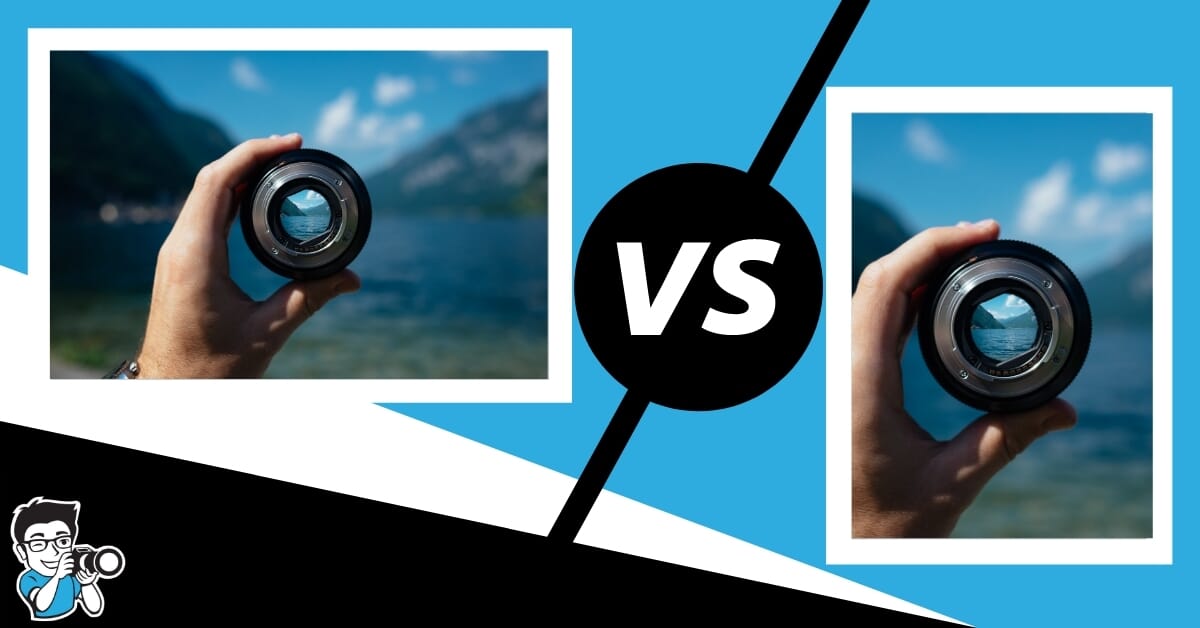
First, let’s look at the terminology and what these words mean. Both landscape and portrait can mean either the orientation, an actual shooting mode on a camera, or a photographic genre. You can see a breakdown of these terms below:
Landscape Orientation vs Portrait Orientation
In general photography terms, landscape and portrait are simply two different orientations, based on the way you hold your camera and the direction of the longest and shortest sides of the image.
Landscape can also be known as horizontal and is when you hold your camera in its natural position. This creates a photo that is wide and short.

Portrait orientation can also be known as vertical and is when you turn your camera 90-degrees, so it is positioned sideways. This creates a photo that is narrow and tall.
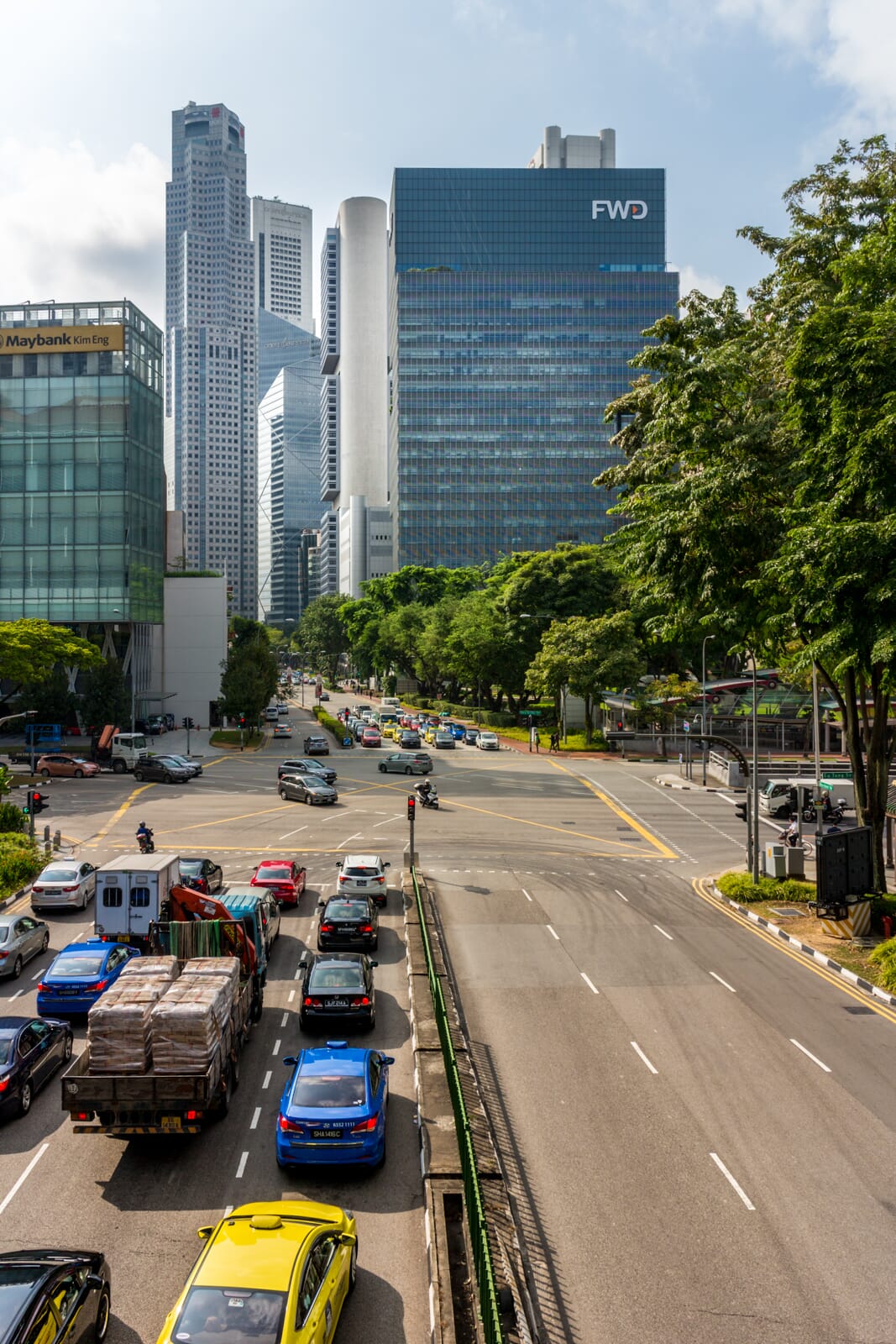
Landscape Mode vs Portrait Mode
Did you know that many cameras have landscape and portrait shooting modes? This is mainly found in point and shoot cameras, or beginner cameras that may not have advanced DSLR functionality. These are automatic shooting modes that choose the settings to suit either a portrait or landscape composition.
In landscape shooting mode, a small aperture is usually selected, together with a slower shutter speed and a low ISO like ISO 100. This means that you can capture landscape shots easily and that both the background and foreground will be in focus.
Alternatively, in portrait mode, a larger aperture is selected, and in some scenarios, the camera flash may be enabled. Portrait mode is great for shooting close-up portraits of people – like headshots, as it can separate the subject from the background, and give quality skin tones.
Landscape vs Portrait Styles
Finally, landscape and portrait can also mean a style of photography.
Landscape photos could specifically mean an epic photo of a whole area. The example below shows a sweeping landscape in Snowdonia National Park. It is important to note that landscape photos can be taken in both landscape and portrait orientation.
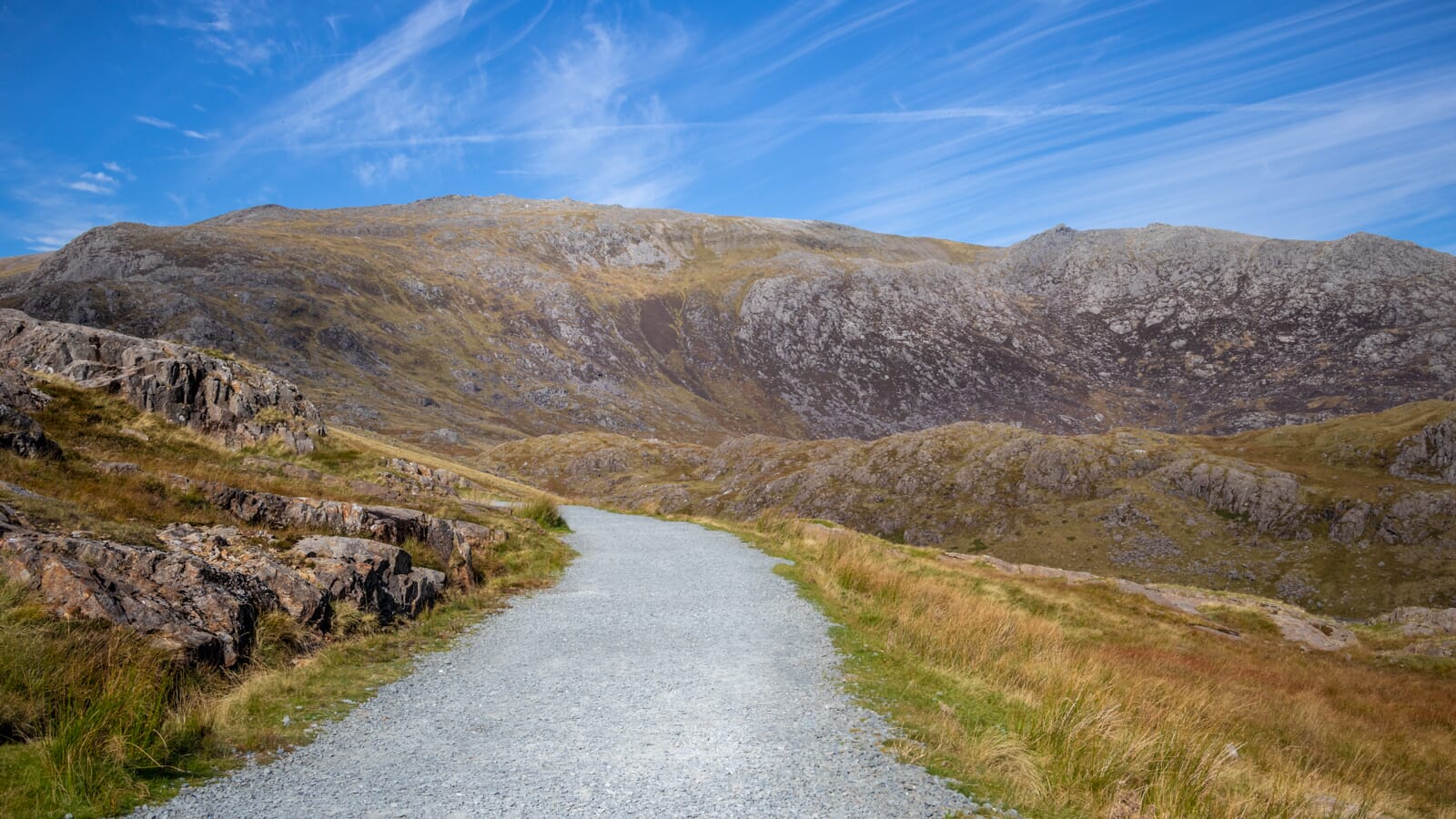
Portrait photos generally mean a photo that contains people. You are creating a portrait of someone. The person is the central subject of the photo. As with landscape subjects, portrait subjects can also be taken in both landscape and portrait orientation.
What are the Differences in Landscape vs Portrait Orientation Photography?
In this guide, we are specifically looking at Landscape vs Portrait orientation – not the photography subject. As you develop your skills, you will experiment with both orientations and develop a second nature for when to use either portrait or landscape.
To help, however, we have outlined some of the main differences in composition and style that landscape and portrait orientation provide. Understanding these differences will help greatly in knowing when to use each orientation.
Basic Composition
The basic composition of landscape vs portrait orientation is extremely different. You must therefore think about what you want to achieve including the main photo subject and how the background interacts with this. You also want to think about the purpose of your photo.
What do you want to convey from this shot? Considering the basic compositional differences that these orientations provide will help select the best option.
Background Composition
The background elements of these orientations differ greatly. In landscape shots, there is a sense of horizontal balance. Both the foreground and background elements are usually balanced, and the background elements also give a sense of width.
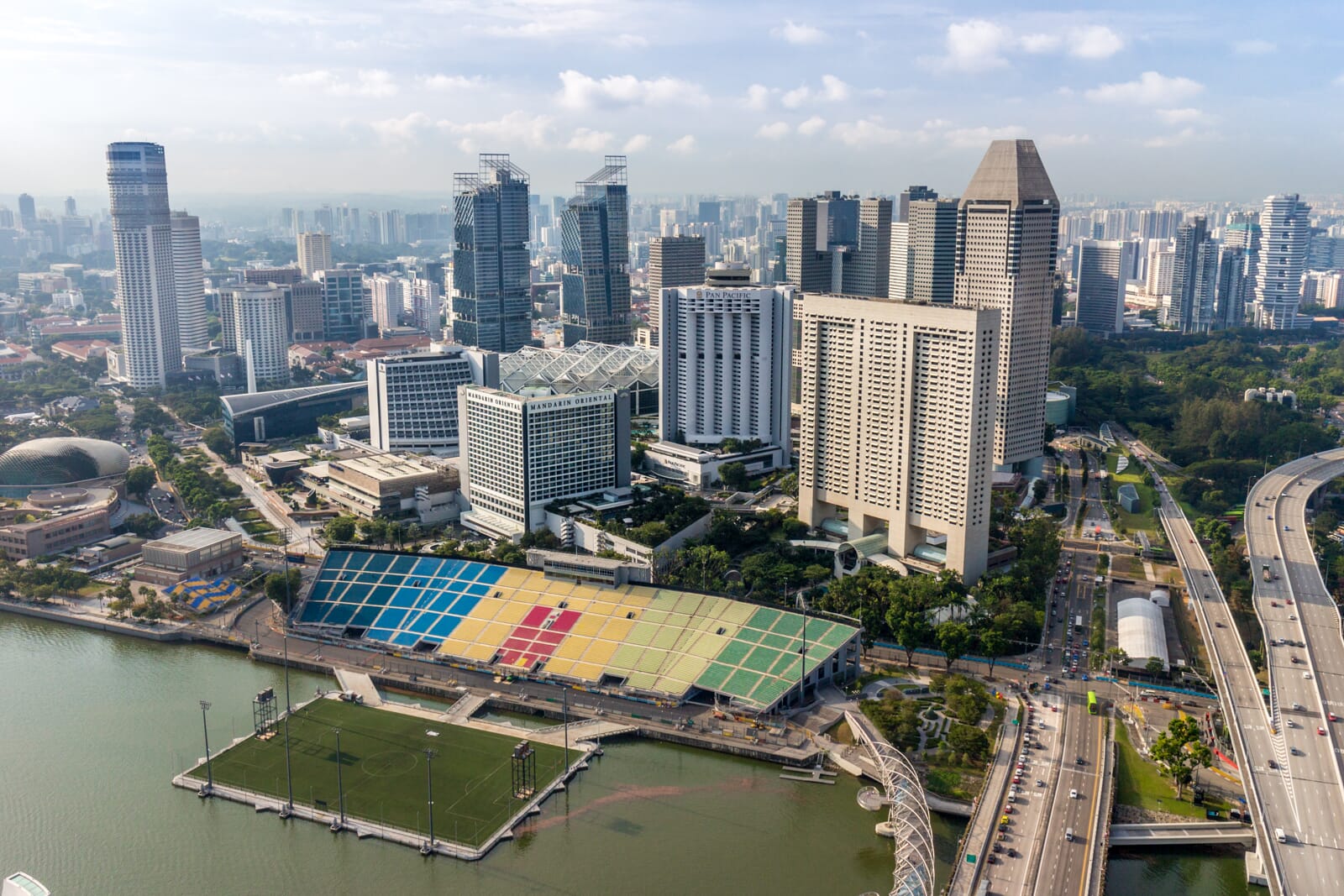
Alternatively in portrait shots, the background stretches into infinity and gives a sense of height and vertical length.
Focal Subject
For each orientation, the focusing of the subject also changes dramatically. In portrait shots, the subject is imposing and is clearly the central object of the photo. Your eyes are immediately drawn towards the subject because of the portrait orientation framing.
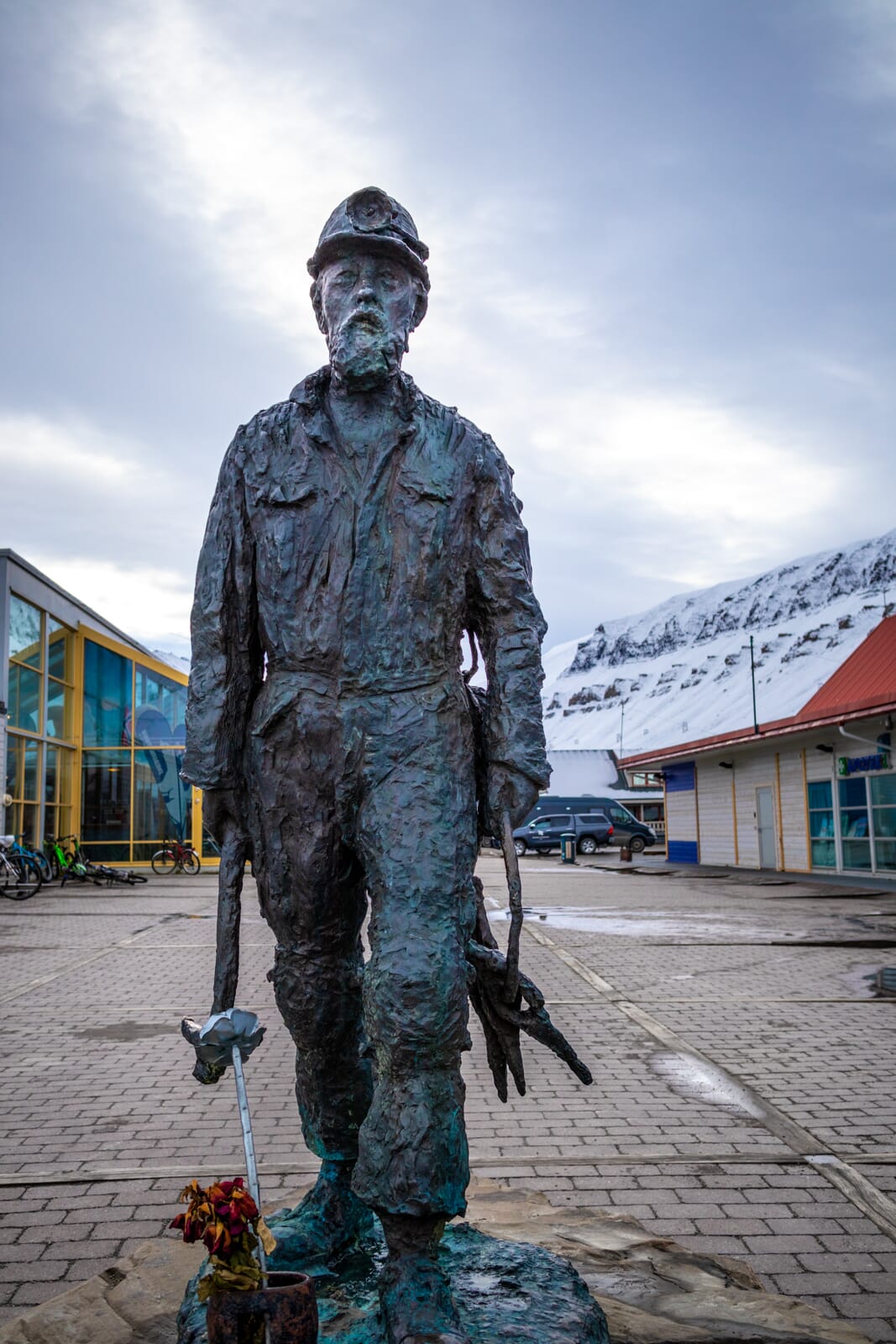
In contrast, when shooting in landscape orientation, the main subject is less clear. If you utilize techniques like leading lines you can still draw in the viewer’s eye, but the subject is not as imposing or as immediately clear as it is in portrait shots.
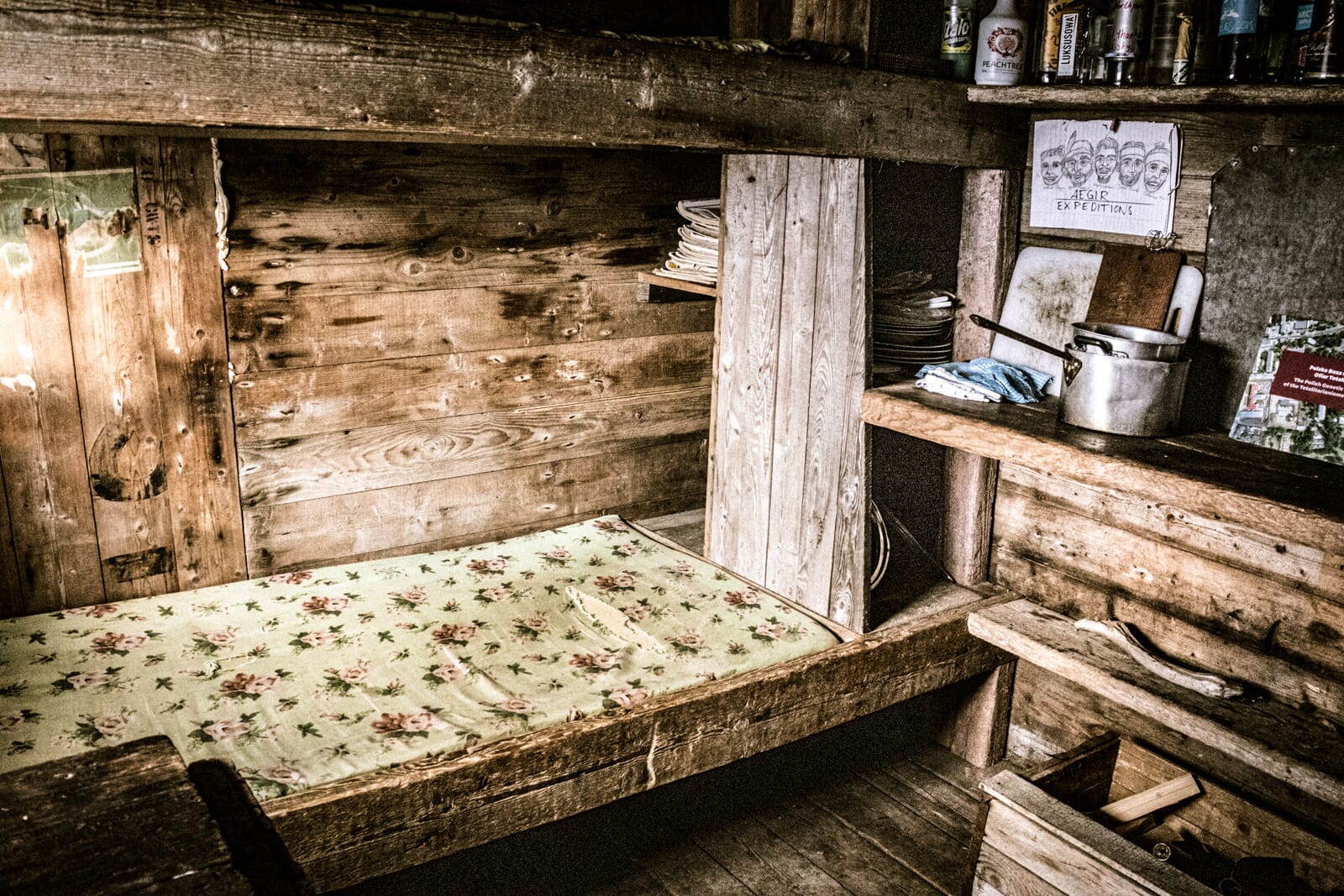
Emotional Impact
These two orientations can also create incredibly different emotional reactions. Sweeping landscape orientation shots can evoke a sense of wonder and amazement. They can also instill a sense of grandeur, but they also make the central subject seem small.
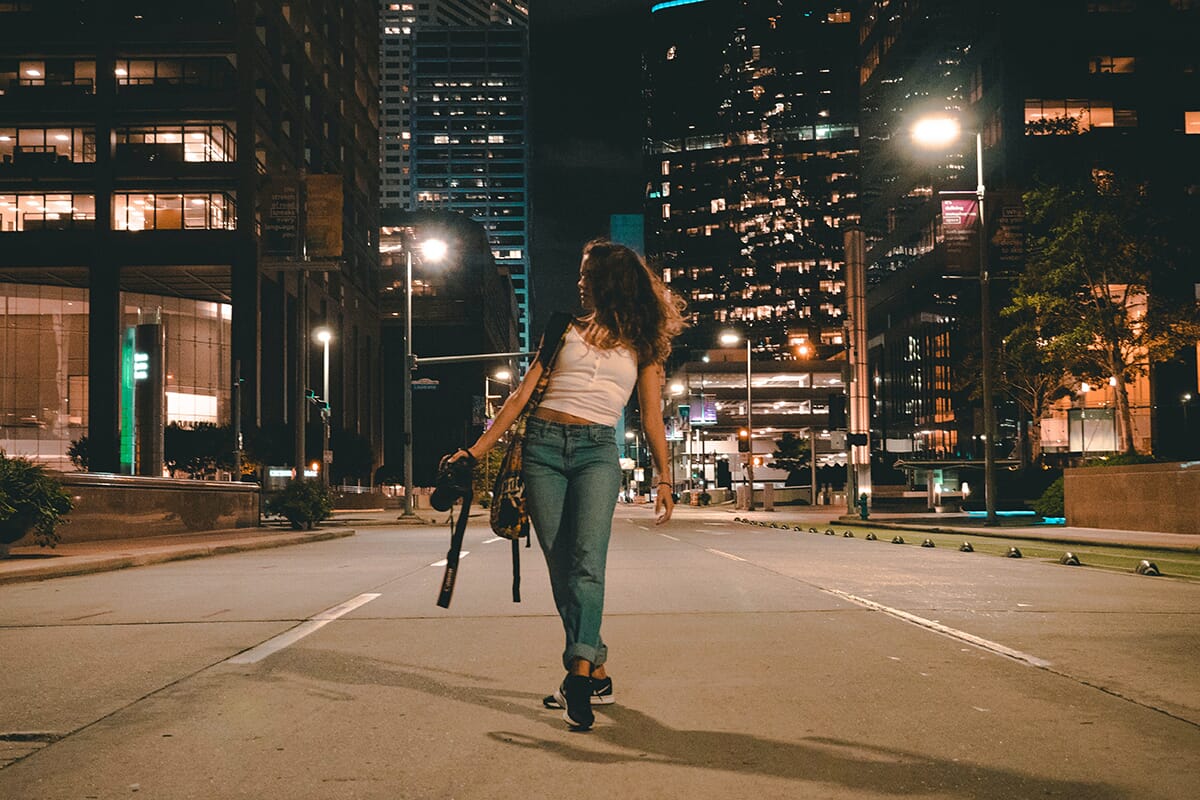
Alternatively, portrait shots evoke intimate emotions. You can build a stronger bond with the subject and make the viewer feel a closer connection.

Context
When looking at landscape vs portrait, the context of the photo also changes dramatically. In portrait orientation, the wide context of the photo may be lost. This is because generally, most of the photo is occupied by the central subject. As a result, this can also add a sense of mystery to your photos.
In contrast, landscape orientation shots bear all – you can see greater detail and often provide a wider context against the central subject. You can use this to tell a story and to place your subject effectively within its surroundings.
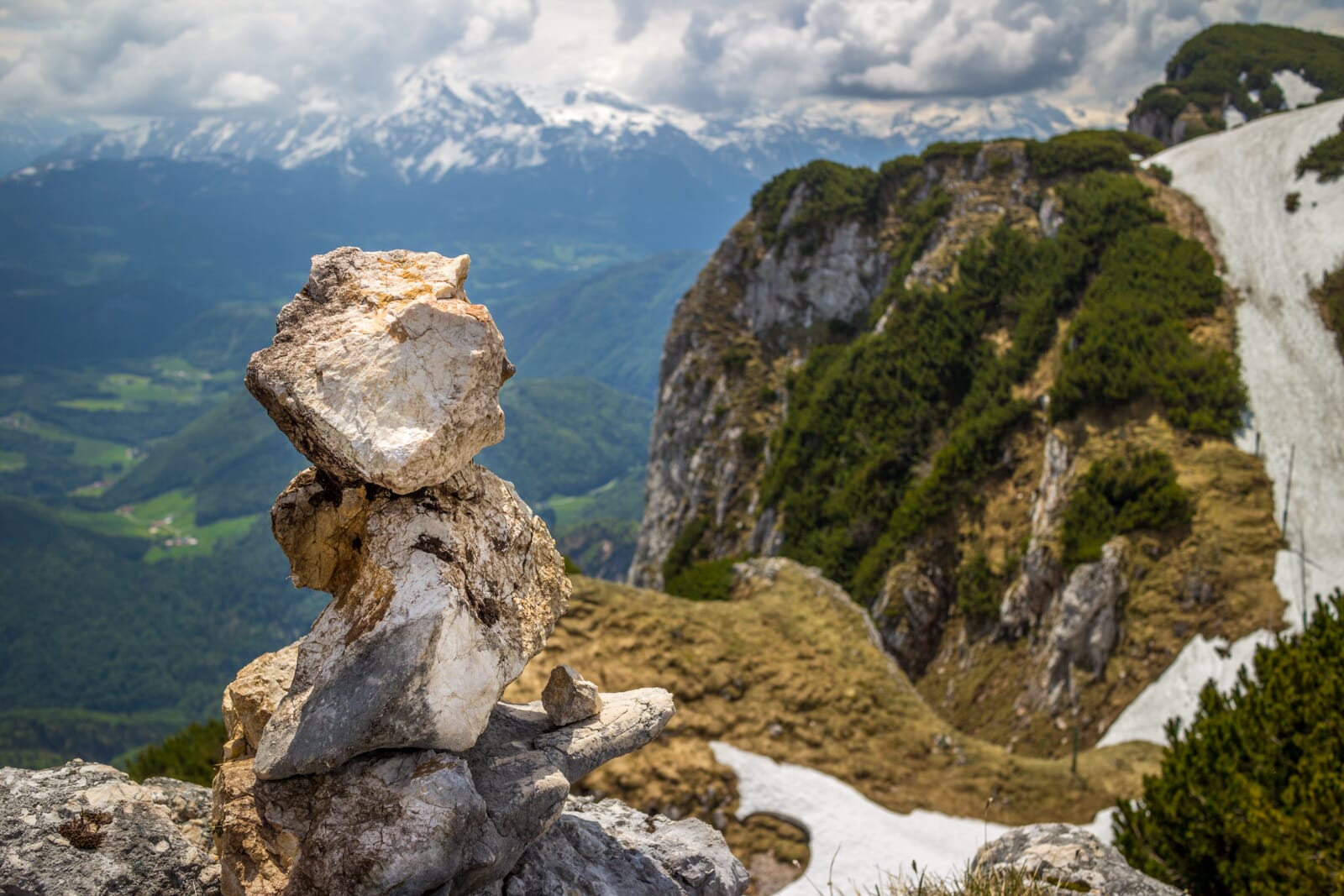
Dimensional Constraints
If you are creating professional work or photos for a specific purpose, you must also consider the actual pixel dimensions of each orientation. For example, a client you are working for may request that you only take portrait orientation shots – so that the images can fit neatly into a product gallery.
Alternatively, you may have to create photos for web graphics like a website header, in which case a landscape orientation would be a better choice to fit the wide dimensions of the web page. This is not a stylistic consideration – it is a technical consideration depending on the situation and purpose.
Distance
One of the key differences between landscape vs portrait orientation is the sense of distance. Generally, portrait orientation gives a greater sense of vertical distance – you can make the subject seem incredibly tall.
Alternatively, landscape orientation offers a greater sense of horizontal distance – you can convey a sense of unending surroundings, in a panorama or wide-angle shot, for example.
There is also a difference in the distance of the central subject. In landscape shots, the central subject generally feels further away from the viewer. In contrast, portrait orientation allows the subject to take center stage and feel closer to the viewer.
Using the Rule of Thirds
Finally, an important photography rule to consider when looking at landscape vs portrait is the rule of thirds. The rule of thirds applies to both orientations – it should always be utilized where possible as it helps create a more interesting photo.
However, you can generally tell which orientation would be better suited to make the rule of thirds work. For example, in the photo below, a portrait orientation was necessary to convey the length of the bridge – if it was shot in landscape, the rule of thirds would still have been possible, but the overall effect of the photo would have been lost.
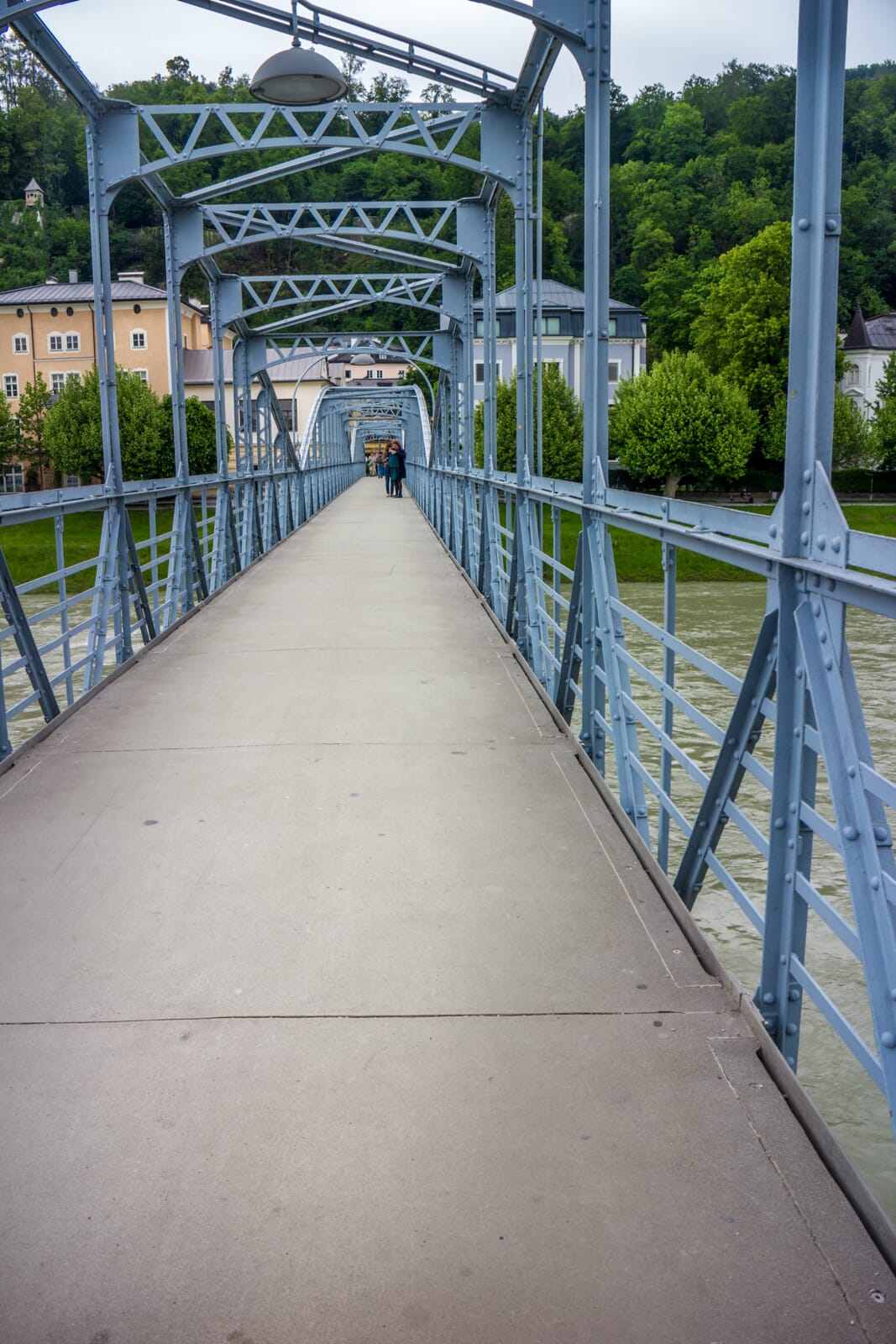
Which is the Better Choice – Landscape vs Portrait?
We hope you have found this information useful. You should now have a better understanding of the two orientations, and the differences they make in composition. But which is the better choice?
Unfortunately, there is no absolute rule which states you must use X orientation in Y circumstance. Generally, portrait orientation is the better choice when you have a main subject that you want to be the focal point of your image – such as a person.
Alternatively, landscape orientation is often a better choice for conveying scale, and showing more detail of a wider range of subjects.
Which orientation you choose comes with practice and an understanding of the differences in composition. In certain circumstances, when you compose a photo, it is clear which orientation to use. However, oftentimes the lines are blurred and you must consider the composition, what you wish to convey, and the purpose of the photo.
To conclude, we have given two shots of virtually the same subject – an immense skyscraper in New York. This has been photographed in both landscape and portrait orientation, as seen below.
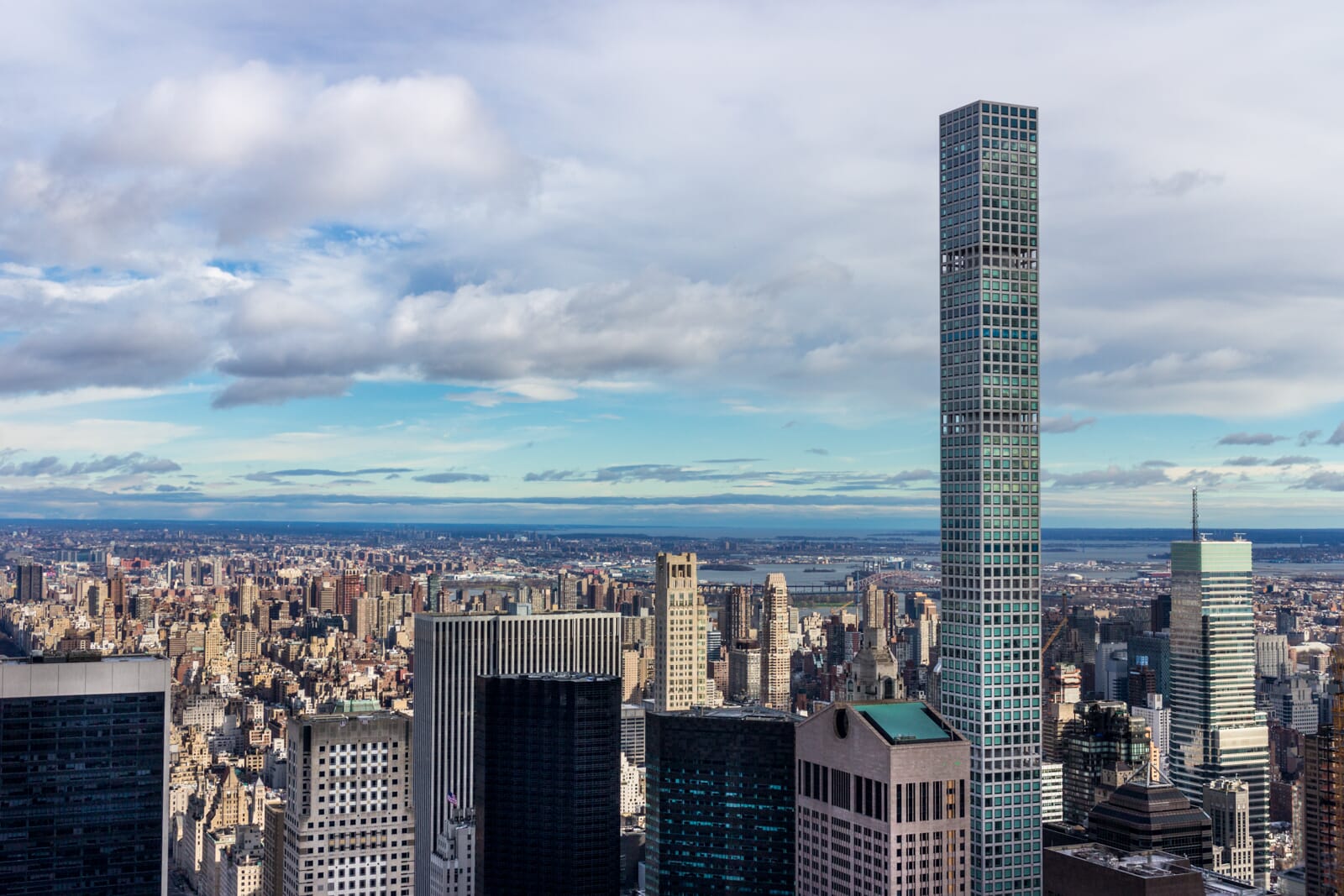
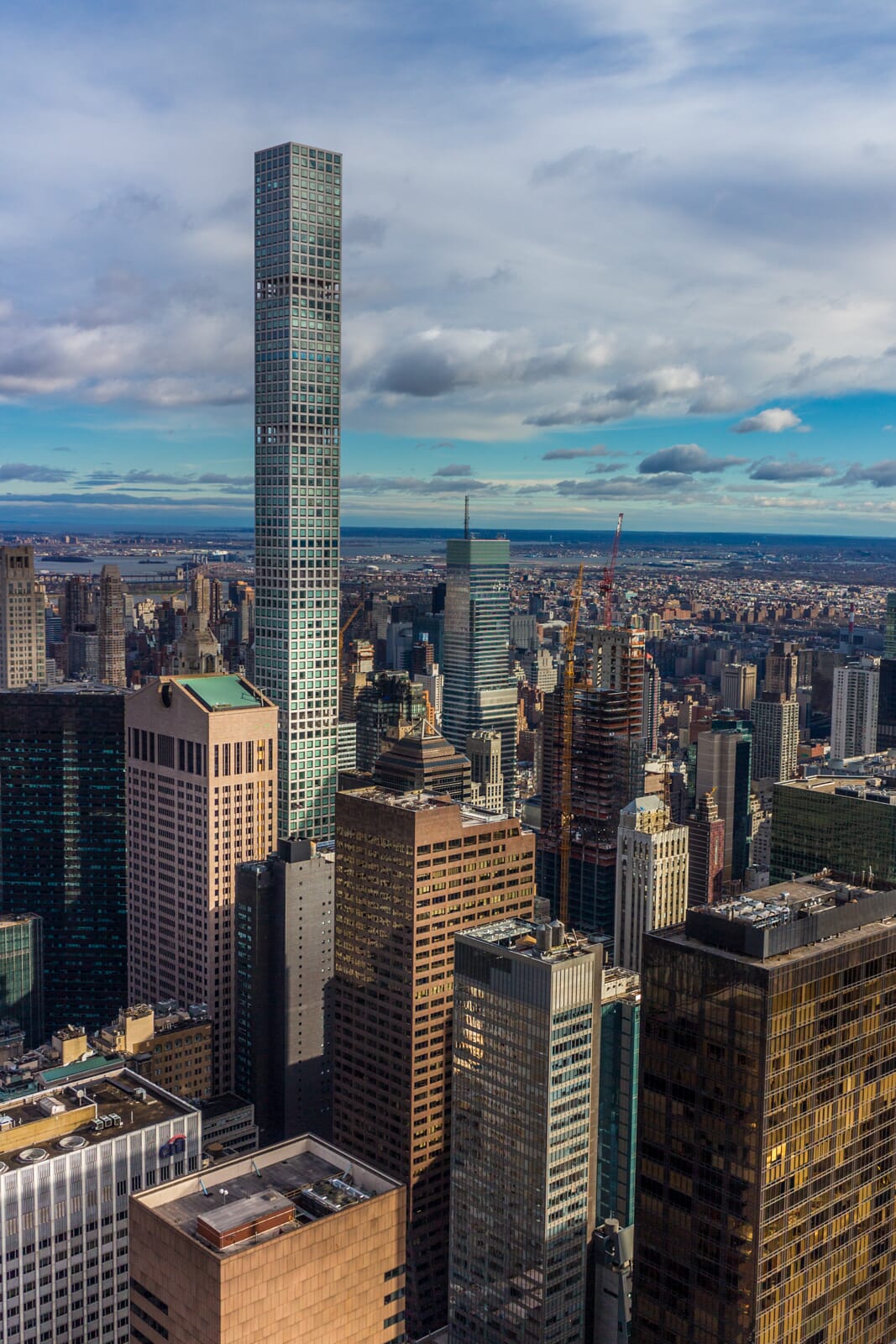
In landscape orientation, you gain a sense of the height of the skyscraper, but also the vastness of Manhattan and the surrounding metropolis.
In portrait orientation, you can see the vastness of the skyscraper in comparison to the immediate buildings surrounding it.
